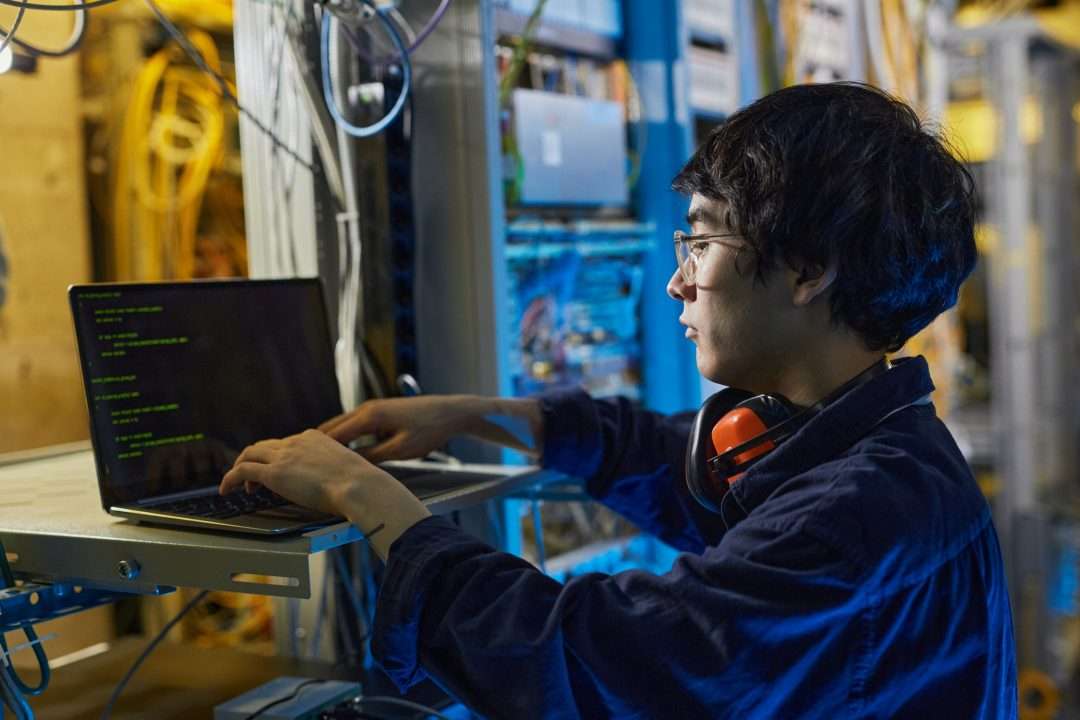ROBOTIC MANUFACTURING
- Home
- ROBOTIC MANUFACTURING

Exploring Robots & Robotics Products Manufacturing:
Introduction
At Bloomberg Robotics Manufacturing Department, we are at the forefront of innovation, crafting cutting-edge robots and robotics products to meet the evolving needs of industries worldwide. In this brief overview, we delve into the realm of robots and robotics manufacturing, discussing its advantages, disadvantages, and the promising future benefits it holds.
Advantages of Robots & Robotics Products Manufacturing
- Increased Efficiency: Robots are designed to perform repetitive tasks with precision and consistency, leading to enhanced productivity and reduced operational costs.
- Improved Safety: By automating hazardous tasks, robots minimize the risk of workplace accidents and injuries, ensuring a safer working environment for employees.
- Enhanced Quality: Robotics technology enables meticulous quality control measures, resulting in products of superior quality and reliability.
- Flexibility: Modern robots are versatile and can be easily reprogrammed to adapt to changing production needs, offering greater flexibility in manufacturing processes.
- Cost Savings: Although the initial investment in robotics technology may be substantial, the long-term cost savings through increased efficiency, reduced labor costs, and minimized errors outweigh the upfront expenses.
Disadvantages of Robots & Robotics Products Manufacturing
- High Initial Investment: Implementing robotics systems requires significant capital investment, which may be prohibitive for some businesses, particularly small-scale enterprises.
- Technological Dependence: Reliance on complex robotics technology makes manufacturing processes vulnerable to disruptions caused by technical failures or cybersecurity threats.
- Job Displacement: Automation of tasks traditionally performed by humans can lead to job displacement and workforce restructuring, raising concerns about unemployment and socio-economic inequality.
- Skills Gap: Operating and maintaining robotics systems necessitate specialized skills and training, creating a skills gap that may pose challenges for companies in recruiting and retaining qualified personnel.
Future Benefits of Robots & Robotics Products Manufacturing
Advances in robotics technology, such as artificial intelligence and machine learning, will further boost productivity and efficiency in manufacturing processes.
Robotics will enable mass customization and personalized manufacturing, allowing businesses to cater to individual customer preferences with greater agility.
The emergence of collaborative robots (cobots) will facilitate human-robot collaboration, unlocking new opportunities for synergistic workflows and improved ergonomics.
Robotics can contribute to sustainable manufacturing practices by optimizing resource utilization, minimizing waste, and reducing environmental impact.
The proliferation of robotics technology will stimulate economic growth, driving innovation, creating new job opportunities in robotics-related fields, and fostering industrial competitiveness on a global scale.
Conclusion
In conclusion, the field of robots and robotics products manufacturing offers a myriad of advantages, alongside certain challenges and considerations. By harnessing the potential of robotics technology and embracing innovation, Bloomberg Robotics Manufacturing Department is poised to lead the way towards a more efficient, safe, and sustainable future in manufacturing
+91 8767 700 800
+91 6361 400 500
info@bloombergintl.com
bloombergintl@gmail.com